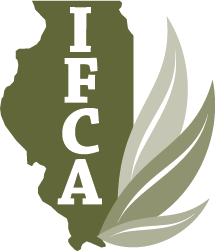EPA's first neonicotinoid assessment finds risk to honey bees
A widely used neonicotinoid insecticide poses a risk to honey bees, EPA said in an analysis released today that drew criticism from a leading manufacturer of the product as well as environmental groups.
The neonic is imidacloprid, and EPA said that it “potentially poses risk to hives” when used on crops that attract pollinators. Citrus and cotton, in particular, appear to present a risk to honey bee hives and other pollinators, the agency said.
“Other crops such as corn and leafy vegetables either do not produce nectar or have residues below the EPA identified level” at which adverse effects were observed, EPA said in its news release.
But the preliminary risk assessment itself contained numerous caveats. It focused primarily on the best known and most economically important species, the Western honey bee (Apis mellifera) and said more study was needed to fully evaluate the effects of imidacloprid on all pollinators.
Click Here to read more.
